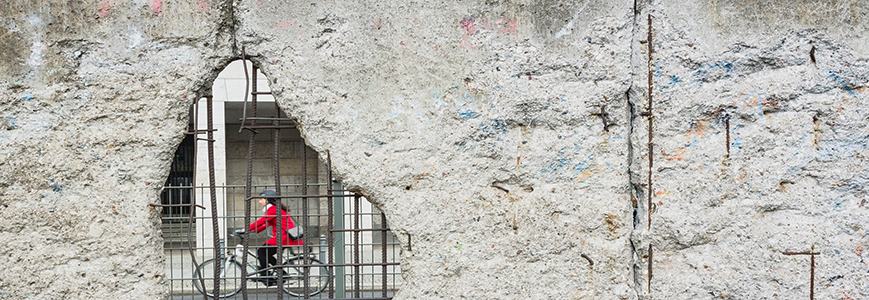'Super-Scientists' See Through Concrete

They’re not faster than a speeding bullet, but NIST researchers may soon have a different superpower at their disposal: the equivalent of x-ray vision.
Not with their own eyes, of course. Instead, they have developed a system that can—without harming the materials themselves—look straight through a bridge or building to detect the early stages of corrosion.
Corrosion is the main danger to the steel skeletons that support the nation’s aging infrastructure. Current detection methods can also “see” through concrete to some extent: They require shining light onto structures in the form of microwave radiation, whose wavelength is longer than the human eye can see. The microwave radiation passes through the concrete and interacts with the steel inside the structure.
But this older method cannot see corrosion directly. Instead, it tells workers whether a piece of concrete-coated steel has undergone physical changes associated with corrosion—for example, if it’s thicker than it should be. Unfortunately, by the time the changes are detectable, the corrosion process is already well on its way toward causing cracks in the concrete.
NIST scientists wanted to develop a method that catches the changes earlier. So they sought out a way to detect the chemical substances produced by the corrosion itself. Their new technique uses terahertz (THz) radiation, which has a higher frequency than microwaves. Using THz waves, they were able to detect even tiny amounts of the two chemicals that are most commonly produced during the corrosion process. (One of these byproducts, called goethite, makes up most of the brown rust that forms when you leave a hammer out in the rain.)
The team expects the technique to work through a solid 50 millimeters (about 2 inches) of concrete. It should also be able to see beneath paint and pipe insulation.
Contacts
-
PML webmaster

